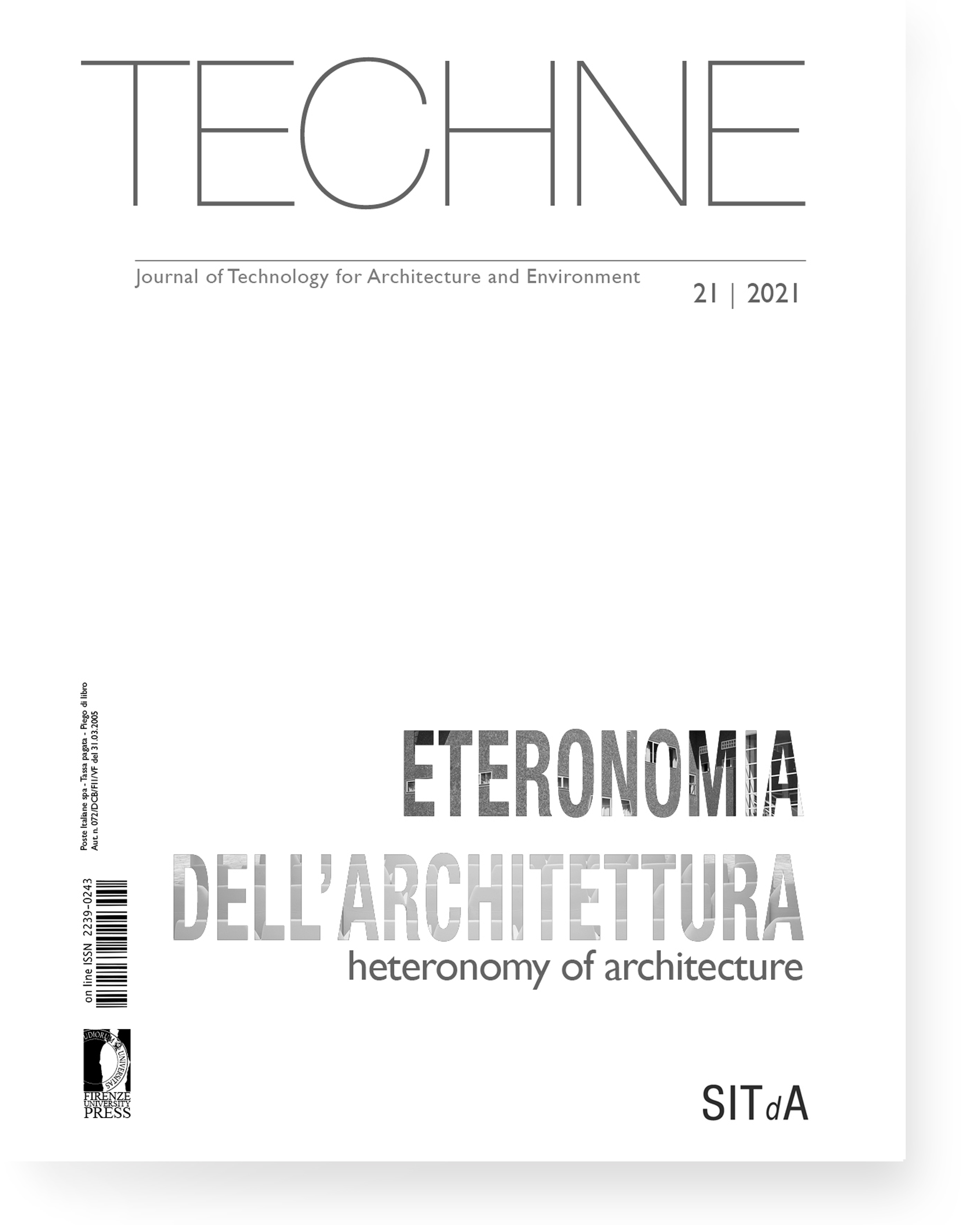Published 2021-02-23
How to Cite
Abstract
«Vagliami ‘l lungo studio e ‘l grande amore […]».
Dante Alighieri, Divine Comedy. Inferno, Book I, p. 83.
A well-known aphorism of the philosopher Rudolf Steiner, father of Steiner-Waldorf pedagogy, states that «teaching is not only a distantflow of information, but a warm relationship between two human beings, in which one is thirsty for knowledge and the other one is devoted to transmitting all his human and intellectualexperience». This statement summarizes the essence of “in-signare” as an act of imprinting a “signum” – a brand – on the learner. This process shall not be considered as a one-way practice, pushing learners to a passive attitude, but as a complex and articulated connection, requiring specific methodologies for leading to a new understanding of the reality. “In-signare” (teaching) means acquiringskills, experiences, habits, rules in relation to a trade, a profession, a job. At the same time, it implies a deep relation among human beings, generating a maieutic involvement of learners, improving their potentialities and developing a dual and empathic connection with teachers.
One of the most universally recognized, poetic and allegorical images of Italian literature – traced by Dante in the Divine Comedy, meeting “l’onore e lume de li altripoeti”, Virgil – clearly expresses this dimension. From the first moment, the Latin poet reassures Dante’s tormented soul, not only by showing him a viable path, but also by accompanying him on the journey, setting in motion with him: «Allor simosse ed io li tenni dietro». For the learner, meeting those who know “in-signare” means opening up new horizons. That is the source of the motivation that initiate to knowledge.
This is the basis for the University experience – as a community committed to stimulating thoughts and reasoning and as a place where to meet teachers able to lead others’ experience. John Henry Newman wrote: «an academic system without the personal influence of teachers on disciples is an Arctic winter» (Newman, 1872). Pietro Calamandrei, for his part, acknowledges that teaching requires «an exceptional temper of master», who knows how to «warm deaf matter with his fire, in the gray classrooms where professors teach» (Calamandrei, 1923). The master does not just convey knowledge, but intervenes with his personality, starting an existential and relational process with his disciples.
The expression «heating with its fire the deaf matter» is an ideal starting point to reflect on the book edited by Emilio Faroldi and Maria Pilar Vettori: not a tedious anthology, but a collection of authorial essays by “magisters” of architecture. The volume includes the contribution of fifteen authors, who have been able to leave “signs” to those who approach the art of Vitruvius. They propose an active and constructive dialogue on methods and tools for teaching architecture – not only in theoretical, but also experiential and professional perspective.
The articulated and rich reflection is presented in three different languages – Italian, English, Spanish – reflecting the cognitive process that leads the transmission of knowledge: hybridized and contaminated, revealing cultural assonances and divergences among the authors. The essays express the fundamentals of training paths, the topicality of teaching models and learning tools, starting from two contexts of excellence: the School of Urban Architecture Construction Engineering of the Politecnico di Milano and the Escuela Técnica Superior de Arquitectura of the Universidad Politécnica de Madrid. This allows an all-round comparison, free from sectarian and self-referential scientific-disciplinary visions, led through the continuous verification in practice of teaching techniques and tools: a critical view on different cultural and educational approaches – not always in unison – joining the desire to improve the debate from an international perspective.
Milan and Madrid represent two schools, different in some respects, aiming at creating privileged placesfor training: architects, men and citizens. The contamination between culture and research, science and knowledgereflects the purpose of providing not only qualified tools to future professionals, but also cultural, social and relational values to future individuals. Behind this approach, there is the common consideration of the architectas a professional with a strong social and ethical responsibility, requiringanindependent, rational, and responsibleperson. In this perspective, the teaching activities develop in between the individual and the society –in between conscience and discipline, in between common goods and individual needs, in between what is useful and what is superfluous. We are not dealing with an easy task, indeed, requiring commitment, patience, research, experimentation, passion, as well as the ability to watch over «‘l lungo studio e ‘l grande amore» of learner towards architecture.
Those who truly teach architecture canmake their knowledge and experience available to the students, giving precious advice and – precisely – leaving their “signum”. As Alberto Campo Baeza recalls, in the prologue of this book, «teaching is a fortune. Teaching is a gift because you learn more than you teach». Teaching defines a two-way, exchangeable, osmotic relationship, which Don Milani clearly expressed: «friends often ask me how I do school and how I get it full. They insist that I write a methodfor them, that I define programs, subjects, techniques. They miss the question, they should not worry about what to do to do school, but how to be to do school» (Milani Comparetti, 1967).
In conclusion, the book by Faroldi and Vettori represents an important contribution for fostering and putting together the intellectual, emotional and personal identity of the teacher, defining a new perspective in the fascinating and difficult mission of “Teaching architecture”.






